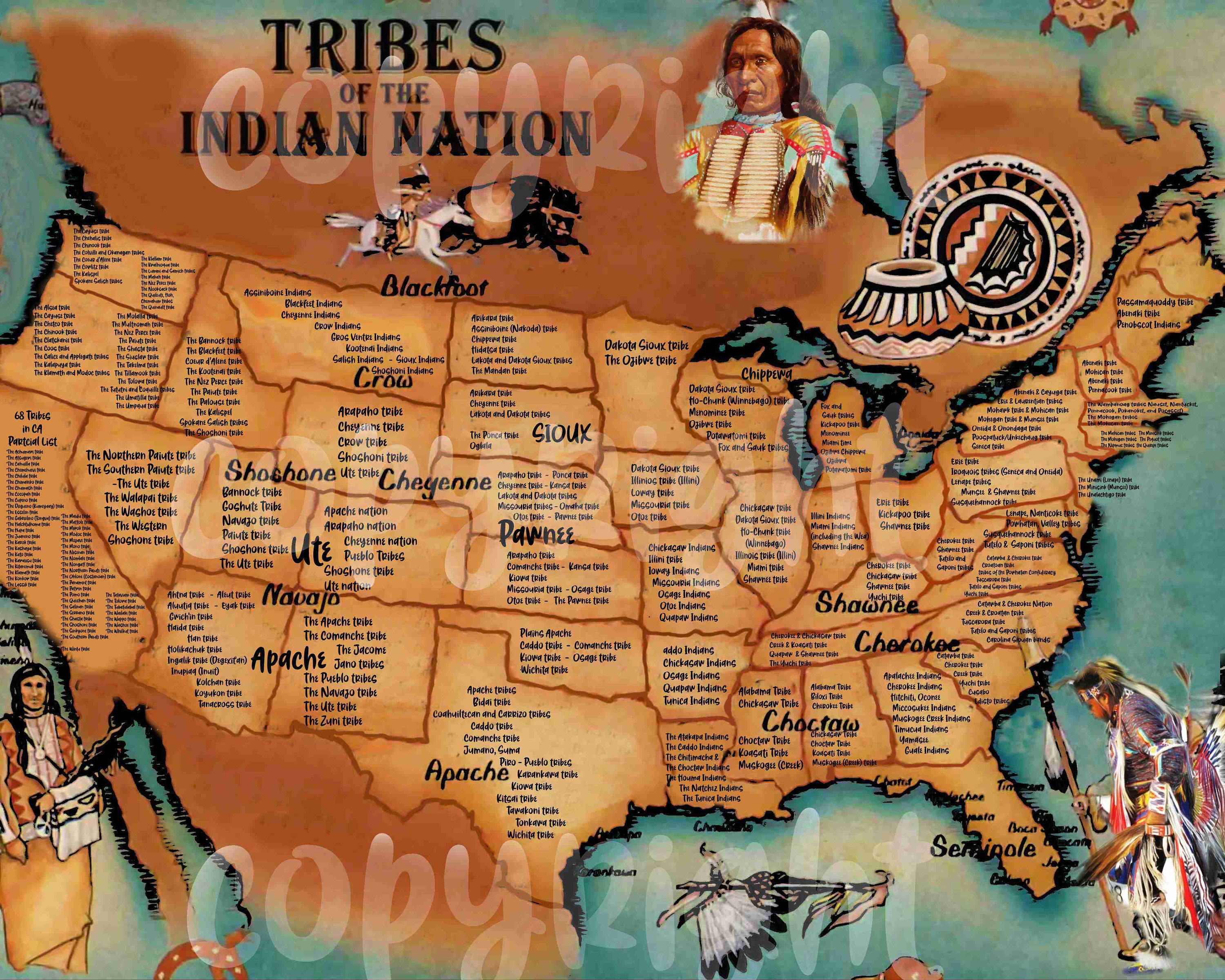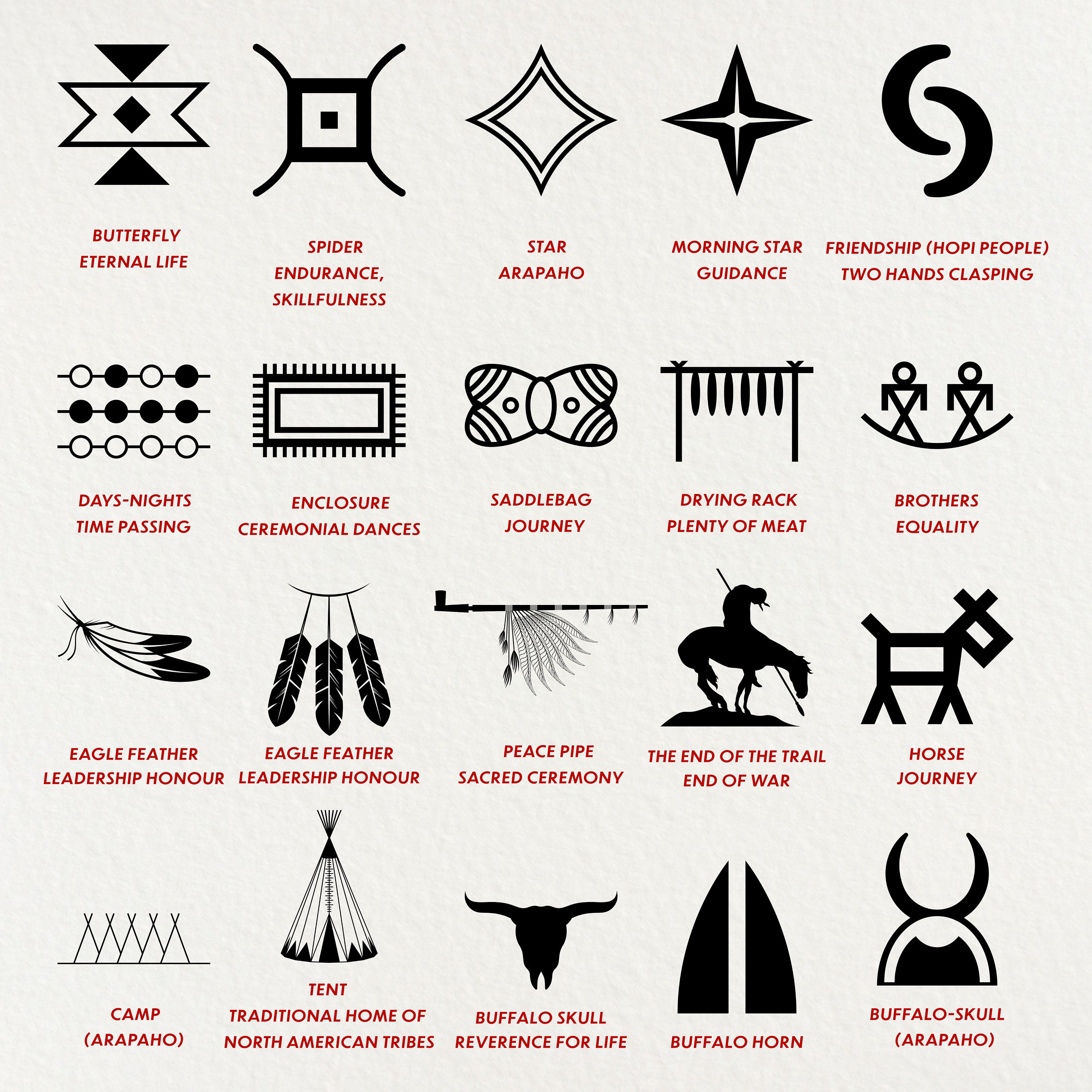
Guardians of Heritage: The Fight for Native American Tribal Intellectual Property
The vibrant tapestry of Native American cultures, woven over millennia, encompasses an unparalleled wealth of knowledge, expressions, and innovations. From sophisticated ecological management techniques and medicinal plant wisdom to intricate designs, sacred narratives, and ceremonial songs, this collective heritage represents an invaluable contribution to human civilization. Yet, for centuries, this intellectual and cultural property has been vulnerable to exploitation, appropriation, and misrepresentation under legal frameworks ill-equipped to protect its unique nature. The struggle for Native American tribal intellectual property (IP) protection is not merely a legal battle; it is a profound fight for cultural survival, self-determination, and the recognition of Indigenous sovereignty in the modern world.
At the heart of this struggle lies a fundamental clash between two disparate worldviews. Western intellectual property law, primarily encompassing copyright, patent, and trademark, is largely predicated on principles of individual authorship, finite duration, novelty, and commercial exploitability. It views knowledge and creativity as commodities, often dissociating them from their cultural or spiritual context. In stark contrast, Native American intellectual property is often communal, intergenerational, perpetual, and inextricably linked to spiritual beliefs, customary laws, and the identity of the tribe or nation. It is not merely "property" in the Western sense but a living heritage, a responsibility passed down through generations, embodying a people’s history, values, and connection to the land.
This dissonance has created glaring vulnerabilities. Traditional Knowledge (TK), such as medicinal uses of plants, sustainable agricultural practices, or ecological understanding, has been particularly susceptible to biopiracy. Corporations and researchers have often extracted and patented Indigenous knowledge without the prior informed consent of the originating communities, and certainly without equitable benefit-sharing. A well-known example involves the Hoodia plant, traditionally used by the San people of Southern Africa to suppress hunger. While not a Native American case, it perfectly illustrates the global challenge: Western pharmaceutical companies sought to patent its active compounds, initially without acknowledging or compensating the San for their centuries-old knowledge, until international pressure forced a renegotiation. Similar instances, though perhaps less publicized, have occurred with numerous plants and traditional remedies within Native American territories.
Beyond TK, Traditional Cultural Expressions (TCEs)—including stories, songs, dances, ceremonial practices, artistic designs, and linguistic elements—face relentless cultural appropriation. This often manifests as the unauthorized use and commercialization of Indigenous symbols, motifs, and narratives by non-Indigenous individuals and companies, stripped of their original meaning and context. The fashion industry, for instance, has a notorious track record of co-opting Native American designs, from feather headdresses to geometric patterns, turning sacred or culturally significant items into fleeting trends.
The infamous 2012 case of the Navajo Nation suing Urban Outfitters for trademark infringement is a potent illustration. The retail giant marketed products under names like "Navajo Hipster Panty," "Navajo Flask," and "Navajo Printed T-Shirt," using the tribal name and designs without permission or compensation. While the Navajo Nation ultimately settled the lawsuit, the core issue went beyond mere trademark; it was about the integrity of their name, the sanctity of their designs, and the right to control their own cultural narrative. As former Navajo Nation President Ben Shelly stated, "The Navajo Nation’s lawsuit is not just about the unauthorized use of the Navajo name, but also about cultural appropriation." This sentiment encapsulates the deep offense caused when elements central to a people’s identity are trivialized and commodified.
The inadequacy of existing IP frameworks is evident. Copyright law, for instance, protects fixed expressions for a limited time and requires identifiable individual authorship—a poor fit for communal, orally transmitted stories or designs that have evolved over generations. Patent law demands novelty and non-obviousness, which often excludes ancient TK. Trademark law offers some protection for names and logos used in commerce, but it doesn’t safeguard the underlying cultural expression or knowledge itself from non-commercial or even "artistic" appropriation.
Recognizing these profound gaps, Native American tribes and Indigenous communities globally have been advocating for sui generis (Latin for "of its own kind") legal systems tailored specifically to protect TK and TCEs. Such systems would acknowledge communal ownership, perpetual duration, intergenerational transmission, and the spiritual and cultural contexts of this knowledge. They would also incorporate principles like Prior Informed Consent (PIC) and Mutually Agreed Terms (MAT) for any external access or use of Indigenous knowledge, ensuring that communities have the power to decide how their heritage is shared and benefit equitably from its use.
International bodies have also begun to engage with these issues, albeit slowly. The United Nations Declaration on the Rights of Indigenous Peoples (UNDRIP), adopted in 2007, provides a crucial framework. Article 31 states: "Indigenous peoples have the right to maintain, control, protect and develop their cultural heritage, traditional knowledge and traditional cultural expressions, as well as the manifestations of their sciences, technologies and cultures, including human and genetic resources, seeds, medicines, knowledge of the properties of fauna and flora, oral traditions, literatures, designs, sports and traditional games and visual and performing arts. They also have the right to maintain, control, protect and develop their intellectual property over such cultural heritage, traditional knowledge, and traditional cultural expressions." While UNDRIP is a declaration, not a legally binding treaty, it serves as a powerful moral and political instrument, guiding states toward respecting Indigenous rights.
The World Intellectual Property Organization (WIPO) has also been grappling with these complex issues for over two decades through its Intergovernmental Committee on Intellectual Property and Genetic Resources, Traditional Knowledge and Folklore (IGC). The IGC’s mandate is to negotiate international legal instruments for the effective protection of TK, TCEs, and Genetic Resources (GRs). While progress has been painstakingly slow, the very existence of these negotiations signifies a global recognition of the problem and the need for new legal paradigms.
On the ground, Native American tribes are taking proactive steps. Many are developing their own tribal codes and protocols to assert control over their cultural heritage. The Onkwehonwe (Indigenous) Traditional Knowledge and Cultural Expressions Protocol, for example, developed by Six Nations of the Grand River, outlines a framework for research, documentation, and use of their TK and TCEs, requiring researchers and external parties to seek explicit permission and adhere to community-defined guidelines. Similarly, the OCAP® (Ownership, Control, Access, and Possession) principles, developed by First Nations in Canada, have become a widely adopted standard for ethical research and data management involving Indigenous communities, ensuring that Indigenous peoples retain control over their knowledge.
The digital age presents both new challenges and opportunities. While the internet facilitates wider dissemination and potential misappropriation of cultural content, it also empowers tribes to share their narratives on their own terms, to create digital archives, and to educate a global audience about the authenticity and significance of their heritage. Digital repatriation efforts are also emerging, allowing museums and archives to return digitized cultural materials to their originating communities, who can then decide how these resources are managed and accessed.
The fight for Native American tribal intellectual property is not about locking away knowledge. Many Indigenous communities are willing to share their wisdom, particularly their environmental knowledge, for the benefit of all humanity, provided it is done with respect, consent, and equitable benefit-sharing. It is about establishing the right to choose, the right to define what is sacred and what can be shared, and the right to control their own cultural destiny. It is about challenging centuries of colonial practices that viewed Indigenous cultures as free for the taking.
Protecting Native American tribal IP requires a multi-pronged approach: strengthening tribal sovereignty, advocating for sui generis national and international legal frameworks, fostering ethical research practices, and educating the broader public about the profound value and inherent rights associated with Indigenous knowledge and cultural expressions. As tribal nations continue to assert their inherent sovereignty, the recognition and protection of their intellectual property stands as a critical pillar in their ongoing journey towards cultural revitalization, economic self-sufficiency, and genuine self-determination. The world stands to gain immensely from this rich heritage, but only if it is accessed and respected on Indigenous terms, ensuring that the guardians of this knowledge can continue to protect and transmit it for generations to come.

